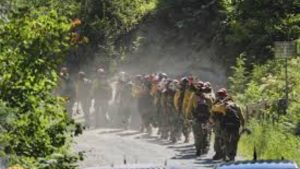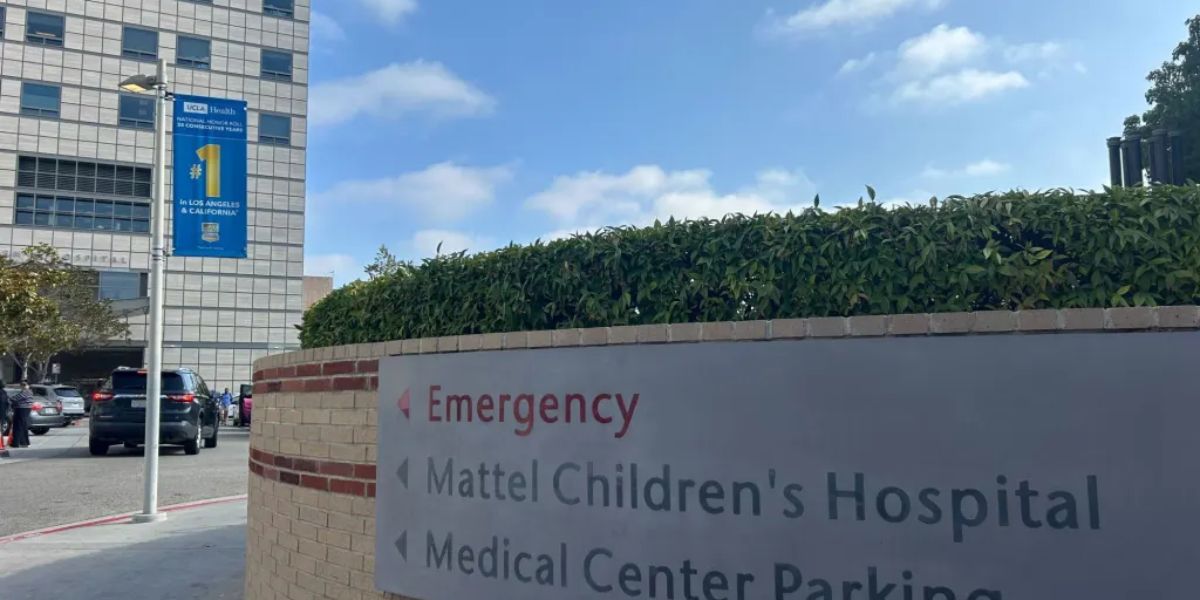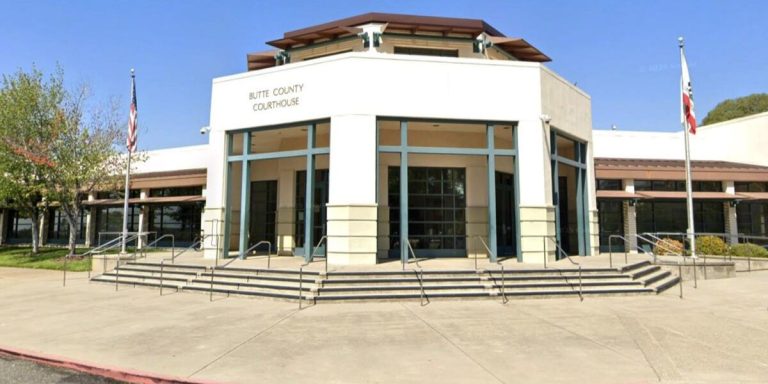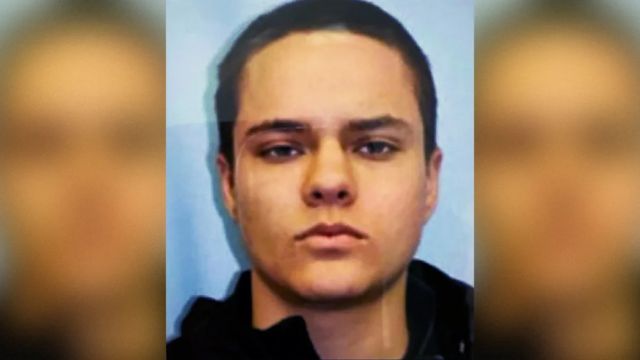Immigration and Customs Enforcement agents entered UCLA Ronald Reagan Medical Center in Westwood on Tuesday afternoon to seek emergency care for a detainee, prompting a mob of demonstrators who were concerned about the agents’ presence, according to campus officials.
According to Steve Lurie, UCLA’s deputy vice chancellor for campus and community safety, two ICE agents transported a detainee to the medical room for treatment. The patient’s medical evaluation did not need admission to the hospital, and they were later released into ICE custody. There was no information provided regarding the patient’s health.
“Despite reports on social media, there is no ICE operation happening at Ronald Reagan UCLA Medical Center,” said UCLA Health in a statement.
The hospital summoned UCLA police officers to the facility to check the federal agents’ identities. According to Lurie, officers verified the agents’ credentials and established they were with ICE.
A mob of about 50 people gathered outside the hospital Tuesday afternoon in response to allegations of ICE activity, highlighting the increased level of community concern surrounding current immigration measures in the Los Angeles area.
Healthcare facilities that serve low-income patients have reported a significant increase in no-shows as individuals who lack papers choose to miss medical appointments amid reports of raids on hospitals and clinics. Mayor Karen Bass of Los Angeles will appear at an 11 a.m. community meeting held by St. John’s Community Health on Wednesday in response to concerns that medical facilities are being targeted by immigration officials.
“As a former healthcare professional, Mayor Bass is deeply concerned about the ripple effects of these raids, which prevent families from safely accessing essential healthcare services,” said a representative for the mayor in a statement.
At 3:37 p.m., two federal agents escorted a woman out of an underground parking lot at the medical center and loaded her into a van, according to Jorge-Mario Cabrera, director of communications for the Coalition for Humane Immigrant Rights Los Angeles. The CHIRLA-led network trains volunteers, attorneys, and educators to respond to and verify complaints of ICE activity in Greater Los Angeles.
“At some level, there’s a little bit of relief that at least ICE brought the patient in rather than just hauling them away without any care,” said Randall Kuhn, a UCLA professor of public health who arrived at the facility in response to agent reports. “ICE doesn’t necessarily have a reputation for being very focused on detainee health.”
However, he expressed concern about the possibility of the patient encountering another medical emergency if their health problem was triggered by the stress of being held by ICE. He also questioned whether the patient received linguistically and culturally acceptable care.
“Was the person assessed for social determinants of health?” Kuhn asked. “Were they [doctors] able to address the possibility that the person would be at risk if they were released, given that ICE agents were present?”
Lurie stated that the process for dismissing the detainee was the same as when any law enforcement agency transports a person in custody to a hospital for treatment.
If Tuesday’s event at the medical facility had constituted an enforcement action, UCLA Police would have been unable to interfere. The agency lacks the ability to prevent federal immigration officials from entering areas on campus or medical facilities open to the public.












